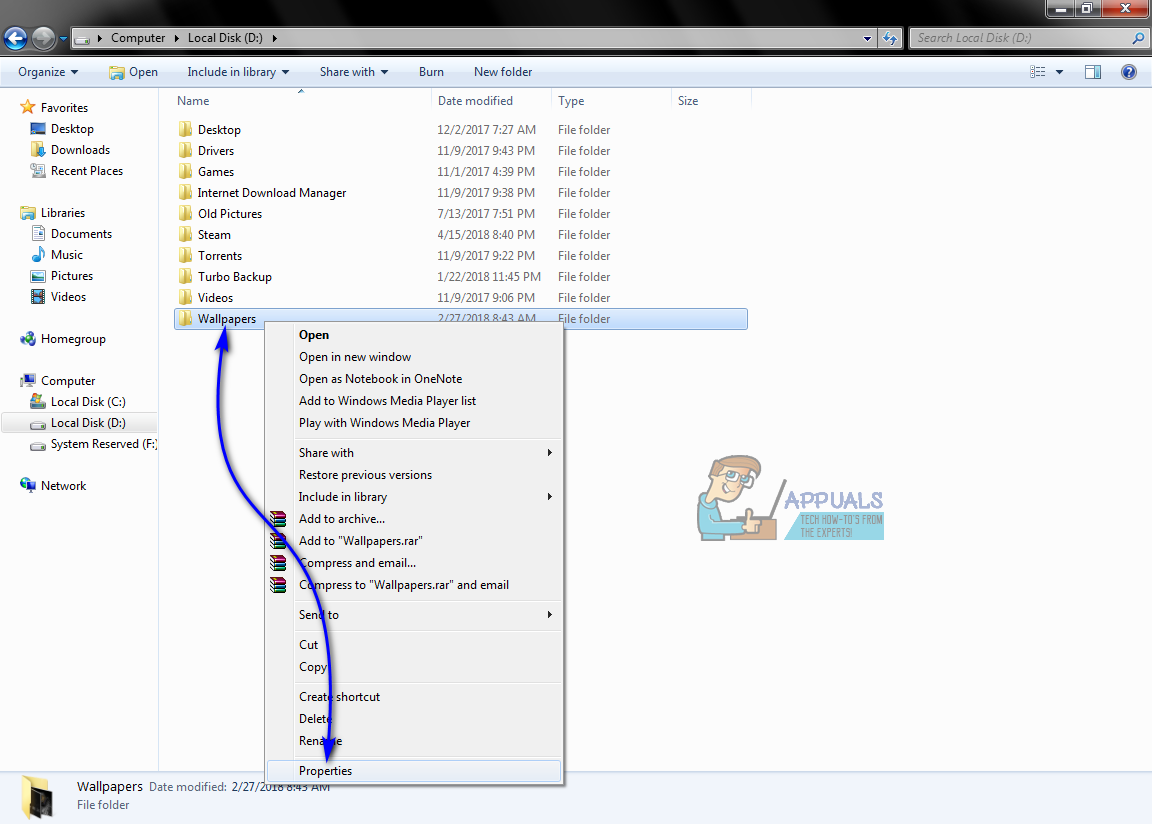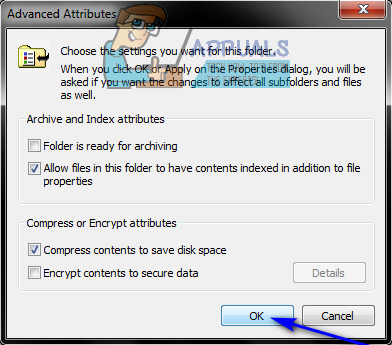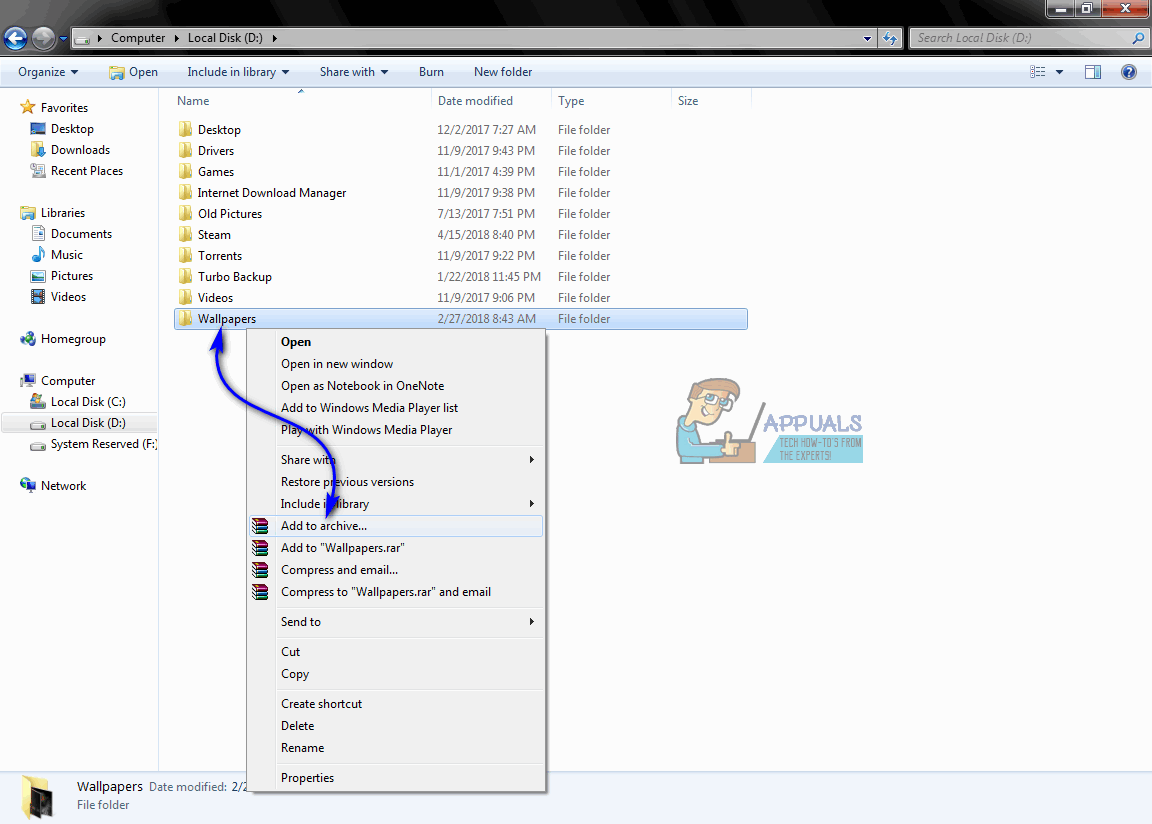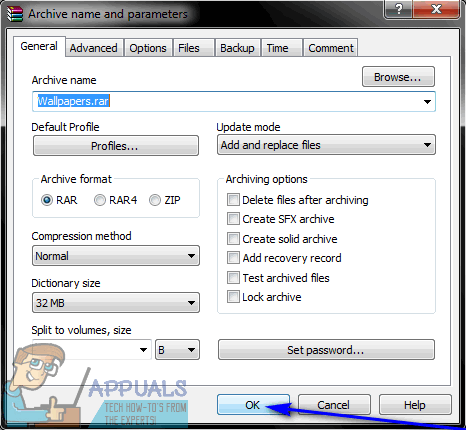How To Make File Size Smaller Png
In today'southward day and age, disk infinite is just an important a resources equally copper or natural gas to anyone who uses a reckoner. No thing how much disk space a person has on their reckoner, they volition always want more. Filling an HDD or SSD to the brim with information is no hard task and doesn't have long, which is why computer users want to shave off as many bytes as they can in equally many places every bit they can. Conserving disk space is among the top priorities of whatsoever person who uses a computer and knows that any files and folders stored on a figurer take up a specific amount of space on the reckoner's HDD/SSD and that every HDD/SSD has a finite corporeality of disk infinite it can apply to shop data.
In order to conserve disk space, and for a variety of other reasons (such equally when the size of a file needs to be decreased so that it meets a specific online file upload requirement),Windows users oft wonder if they can somehow make a file smaller and so that it takes up less space on the disk drive it is stored on. Well, making the files you have on your estimator smaller is not only a possibility but is also right up in that location with the about effective means to conserve disk space and get the most out of the free disk space you accept.
The file size of unlike types of files tin can exist decreased in a number of different ways, and the way that works best varies from one file type to the next. Without further ado, however, the following are the absolute most constructive methods that can exist used to make files smaller and so that they take upwards less disk space on Windows:
Method 1: Using NTFS compression
Disk drives that take been formatted as NTFS volumes are capable of a not bad piddling affair called NTFS compression. NTFS pinch is a feature of the NTFS file system capable of compressing files and folders stored on NTFS drives so that they take up less space. A binder that has been compressed using NTFS compression not only appears the same as whatsoever normal folder but is also the aforementioned in terms of functionality. In the example of NTFS compression, the HDD/SSD decompresses and re-compresses compressed folders on the wing as they are accessed and closed, with the entire process beingness completely automated.
NTFS compression can practise wonders for file size as it can significantly decrease the amount of disk infinite a file or a group of files take up. To brand a file smaller using NTFS compression, you need to:
- Make sure that the file yous want to make smaller is in a folder on a sectionalisation of an HDD/SSD that has been formatted as an NTFS volume. This method is only good for NTFS drives and won't work drives formatted with any other file systems.
- Correct-click on the binder that contains the file you lot want to make smaller, and click onPropertiesin the resulting context menu.

- Click onAdvanced… in theGeneraltab.

- Under theCompress or Encrypt attributesdepartment, check the checkbox adjacent to theCompress contents to save deejay spaceoption toenableit.

- Click onOK.

- Click onApplythen onOK.

Once you have a folder ready as an NTFS compressed folder, all of the files it contains will be made marginally smaller and volition take up relatively less disk space. The binder will also be automatically decompressed and re-compressed equally yous access and close it.
Method two: Converting the file into a different, lighter file format
Some other method that can exist used to make a file smaller is to convert the file in question to a different file format – a lighter file format known to take up less disk space than the file format the file was previously in. Whether or non this is fifty-fifty a possibility depends heavily on the file format you are working with in the first place, notwithstanding. For example, the .BMP file format for images is infamous for having the best image quality possible but taking up an outrageously large amount of disk infinite at the same time, whereas .JPG and .PNG are much lighter alternatives in terms of file size but are also downgrades in terms of image quality.
To catechumen a file into a different file format, you can employ an online converter for the file type the file in question currently has into the file type you want it converted to, or you can:
- Open up the file in a program designed specifically to handle files of its kind. For example, if you're looking to convert an image file, open up it in Photoshop, or, if you lot're looking to convert an audio file, open up it in Audacity.
- Click onFile.
- Click onSave As… orExport(or whatever applies) in the resulting context menu.

- Open the dropdown bill of fare adjacent toFile Type: orFormat: (or any applies).
- Locate and click on the file format you lot want to convert the selected file to in order to select it.

- Click onSaveorOK (or whatsoever applies).
Once done, a copy of the file in the selected file format will be created under the same proper name. This version of the file, provided that you selected the correct file format, will take upward less disk space than the original, and you candeletethe original later on making sure everything is in order with the converted file.
Method 3: Archiving a file or binder
Last, but well-nigh certainly not the least, you can also make a file smaller by archiving it. Archiving, or compression equally it is unremarkably referred to, works past simply replacing sets of characters within the limerick of a file with smaller, placeholder characters, ultimately resulting in the compressed or archived version of the file being smaller in terms of file size.
Archiving files and folders is the most common and arguably the nearly effective practice when information technology comes to reducing the amount of disk infinite they accept upwards and to make them more portable and lightweight. To brand a file smaller in terms of size, all yous need to do is put it inside a folder and archive that binder. There are two unlike ways yous can go well-nigh archiving folders on Windows – archiving folders using Windows' built-in archiving utility, and archiving folders using tertiary-party software.
To annal a folder using the built-in Windows utility
- Navigate to the folder that contains the file yous want to make smaller and right-click on the folder.
- Hover overTransport to… in the resulting context carte and click onCompressed (zipped) folder.

- Wait for the folder and its contents to be archived. When the process is consummate, a .ZIP folder with the aforementioned proper noun and contents as the original folder will be created within the same directory as the original folder.
To archive a folder using a tertiary-party awarding
- Clickhereto download an installer forWinRAR – the virtually popular tertiary-party archiving plan for Windows.
- Run the downloaded installer and go through the onscreen instructions and prompts to installWinRAR.
- Navigate to the folder that contains the file you want to brand smaller and right-click on the folder.
- Click onAdd to archive…option in the resulting context card.

- Click onOK.

- Wait for the binder and its contents to be compressed. When the procedure is consummate, a .RAR binder with the same name and contents as the original folder will be created within the same directory as the original folder. The .RAR folder created will only exist decompressed using WinRAR (or another 3rd-party pinch program), however, which is a noteworthy fact.
There is no set ratio for how much smaller the compressed version of a file or folder is as compared to the original. How many bytes compressing a file or folder shaves off its file size depends on a number of different factors, the kind of file it is and its file format being primary among them.
How To Make File Size Smaller Png,
Source: https://appuals.com/how-to-make-a-file-smaller/
Posted by: mathisgicence.blogspot.com


0 Response to "How To Make File Size Smaller Png"
Post a Comment